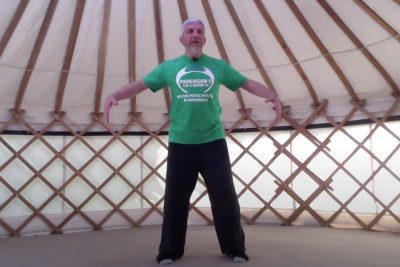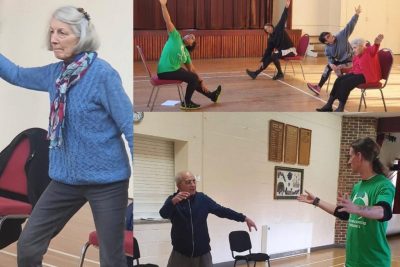Mindfulness
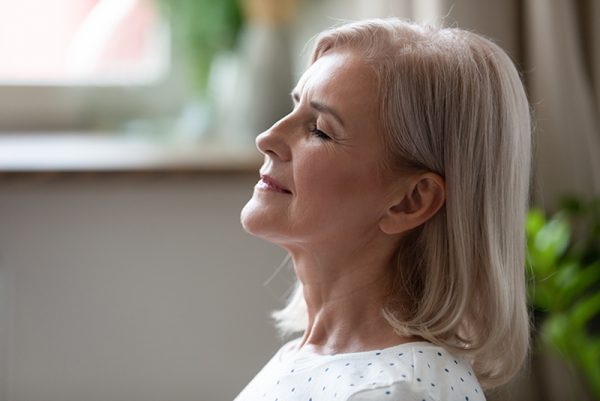
Mindfulness can be described in many ways. It is essentially a practice of purposely paying attention in the present moment and bringing a non-judgmental, compassionate awareness to the nature of things. It is a way of being, a way of relating to our inner and outer experiences and a coming to our senses, literally and figurately.
Through Mindfulness, we learn to cultivate choice and develop a greater sense of efficacy and balance in our lives. In this way, we gradually restore a healthy, friendly relationship with ourselves, begin to feel less alienated and isolated (from ourselves and others), and reconnect to our own deep intuitive wisdom and creativity.
Mindfulness is a way of paying attention to the present moment, using techniques like meditation, breathing and yoga. It helps us become more aware of our thoughts and feelings so that, instead of being overwhelmed by them, we’re better able to manage them.
The benefits of mindfulness are well documented and the ways in which you can apply it to everyday life are endless.
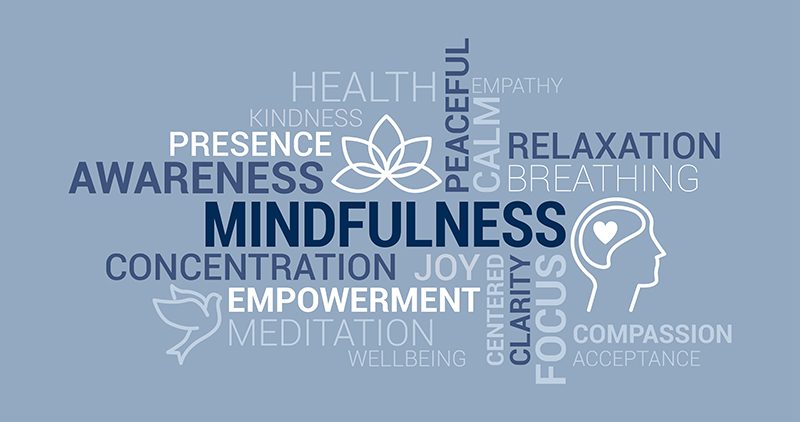
Here are some of our Mindfulness tools and activities to help you in day to day life.
Be present, not perfect!
We are all guilty of living on autopilot; whether that taking a shower quickly or having no memory of the journey home from work. With mindfulness we work on living fully in the present, being aware of our feelings- both physical and emotional. We learn to fully pay attention to one thing at a time, as multitasking can cause more stress than it alleviates!
What does it mean to you to ‘be present’? Why is it important? Being present can be as simple as doing one thing at a time. Practising living mindfully rather than mindlessly and living in the now- not having one foot in the past or the future. We can listen mindfully and presently; paying attention to the subtleties of our subject and not thinking about the next thing we need to be doing.
A head of full of fears has no space for dreams!
Fear is an important human experience; while it can paralyze us with fear of failure, fear of judgement, it is also a process in which we can grow and heal. Large fears are often instinctual, small ones learned. Often small anticipated fears are what holds us back from undertaking what we truly wish we could do. If you had no fear today, what would you do and why?
By listing those things you would do, if you had no fear, you can analyse what the fear is rooted in. Recognise and acknowledge the fear as calmly as you can. Accept your fears compassionately in order to overcome them. Being fearless means using fear in ways that benefit; after all, if you live in fear, everything feels frightening.
Be alive in the present by moving in being!
Taking a step back in our minds from doing and instead moving into a state of pure, present being is a key skill of mindfulness. Attending to our sensations, thoughts and feelings means that the negative energies in our mind lose much of their influence.
The mind’s ‘doing’ mode is the mode of efficiency- the realm in which we get things done in the physical world. This mode has its negative aspects- it is here that we react automatically, worry about the future and regret the past- but it offers up so many possibilities for moving towards our personal goals. In comparison, the ‘being’ mode may seem rather dull and unappealing; after all, what’s the point of just sitting there, with a still mind?
The ‘being’ mode is not just for the spiritually minded: the basic, non-judging (or choiceless) awareness that comes to the foreground when you drop into ‘being’ mode has been a vital inner resource from the start of our conscious lives and it’s available to us at every moment. It can give us nourishment and calm within our busy, lives of seemingly endless doing. What we gain from this is not spiritual wisdom but a practical way to inhabit our everyday lives more fully.
When you combine the ‘being’ mode with noticing your sensations, thoughts or feelings, you enter a mindful state, with its attendant physical and psychological benefits. Achieving that takes practice; if you just try ‘being’ for a few seconds, you won’t find it easy.
So, what does ‘being’ look like? Imagine that you are in the park, looking intently at a rose. You let go of everything in your mind except the sensation of the rose: there is no room in your thoughts for past or future, for anxiety or for any other emotion. If a thought intrudes, you simply let it drift out of your mind the same way that it drifted in. You don’t battle with that thought because that would take you back to the doing mode. Right there, you have chosen mindfulness.
Characteristics of ‘being’ mode
Non-judgement- Not measuring what happens or has happened against what should be happening or should have happened. ‘Should’ thinking has no place here.
Living in the moment- ‘Being here and now’ and not engaging with any thought of past or future that happens to come into your mind.
Acceptance- Not engaging in a critical or disappointed dialogue with yourself, and being compassionate with yourself whenever you unintentionally think of any kind of error you’ve made.
Attention- Focussing the mind on its own experience in the moment and if it gets distracted, gently returning your focus to the object of your attention.
Passivity- Not making decisions, planning or problem-solving: these all belong to the ‘doing’ mode.
Responsiveness- Not reacting to any unwanted inner or outer distractions (thoughts or sensations), but simply noticing them and letting them drift away.
Non-engagement- Not getting absorbed into an emotion or unwanted thought that happens to cross your mind, remaining distant from an emotion’s underlying story.
Engage all your senses, through sense meditation!
The senses are the interface between self and its environment, filtering everything we perceive in the world around us. Vision and hearing tend to dominate our lives. Use these prime senses to connect to the now but give time to the other three senses too.
Purposefully perceiving our immediate surroundings through our five senses- sight, sound, touch, smell and taste- brings us into direct and exclusive contact with the present moment. When the senses are engaged, the mind has no time for thoughts or emotions, nor for the past or the future.
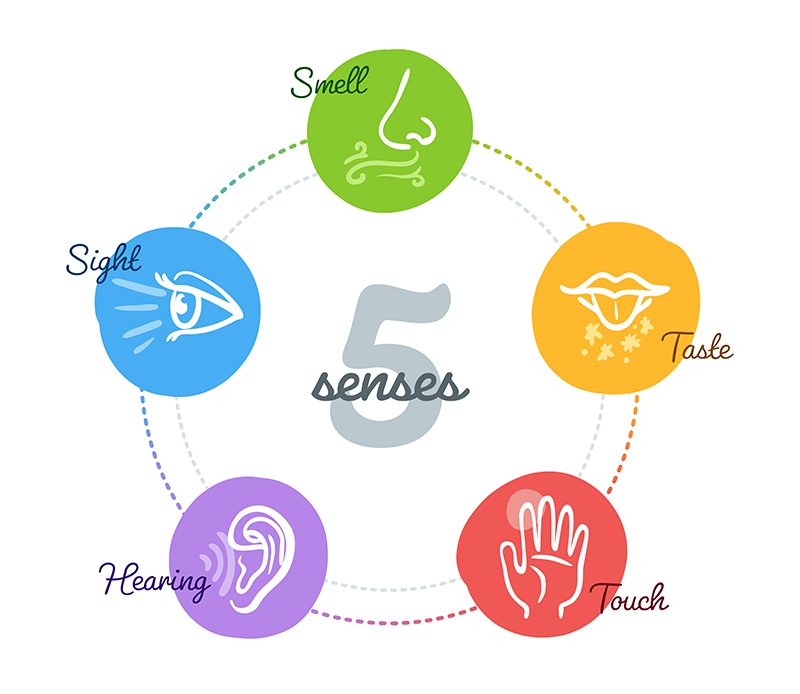
Do this 10 minute meditation- two minutes per sense- at any time, at anywhere you like.
You can do it standing or seated, whatever is more convenient. If possible, try this in unexpected places, to trace your sensory surroundings. You may find that your experience of the world is enriched, as you discover dimensions you miss when you’re focussing solely on the most obvious perceptions of sight and sound.
Touch- Start by attending to the touch of your clothes on your skin, then move on to your surroundings. Touch things within reach, closing your eyes once you’ve found a suitable object of focus.
Sight- Look around you. Ignore what you know about depths and distances, instead seeing your surroundings in two dimensions, not three. Attend to colours and shades, shapes and details. Notice the divisions between things.
Smell- Attend to distinctive aromas, if there are any. Bring suitable things, such as flowers, or foods, close to your nose if not. If no smells are detectable, savour your ability to smell, while visualising the organs of smell in your nose.
Hearing- Listen, with eyes closed, to sounds near and far. Scan the whole range of possible pitches and volumes. Listen to the sounds of your body as well as those of the external world. Note the ways in which some sounds change and fade.
Taste- Start by tasting the inside of your own mouth. Then bite into an apple or other piece of fruit, savouring what’s distinctive about its taste.
Breathe- mindfully!
We are always breathing, though usually we’re unaware of it. In this form of meditation, you bring your attention to your breaths, while noticing any distractions and letting them go. It’s the nature of the mind to wander, so you’ll need to make space for and acknowledge these distractions.
Practice this five-minute breathing meditation
This exercise, one of the cornerstones of mindfulness practice, makes a good starting point for a beginner and an ideal basis for he first week of a mindfulness meditation programme.
Practice Mindfulness Yoga!
Mindfulness yoga mixes yoga with meditation and controlled breathing. It is different to many traditional yoga practices in that there is less of a focus on the exact posture achieved and more focus on body/mind awareness rather than the ‘perfect’ pose.
Bringing mindfulness to any form of activity brings an alert focus to what is actually happening in the moment and how you respond to it. This mindfulness transforms movement and yoga into a form of meditation. In a mindful yoga class you will be encouraged to work within your body mind limitations, accepting yourself today with compassion and applying yourself within that framework.
A recent controlled trial in Hong King has shown that intervention with mindfulness yoga can ease anxiety and depression in people with Parkinson’s, in addition to movement symptoms. Anxiety and Depression are very common symptoms in people with Parkinson’s and they can worsen movement symptoms. Anxiety, for example, can bring on a freezing episode.
Paying attention to the mind-body connection through Mindfulness Yoga may be a way to treat mood and impact movement.
Join us for our FREE live Mindfulness Yoga sessions every Tuesday at 4pm.

